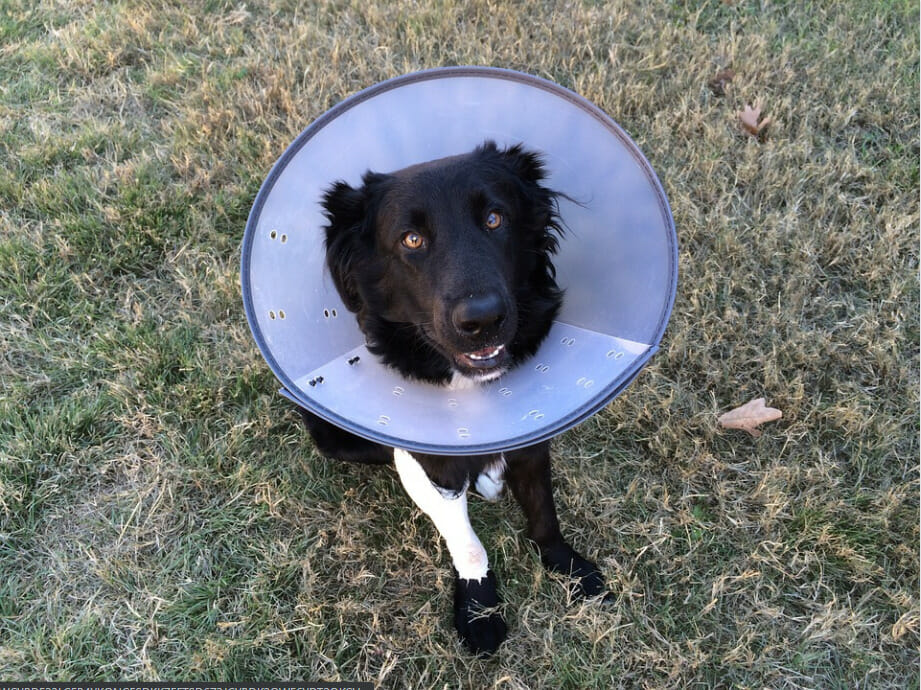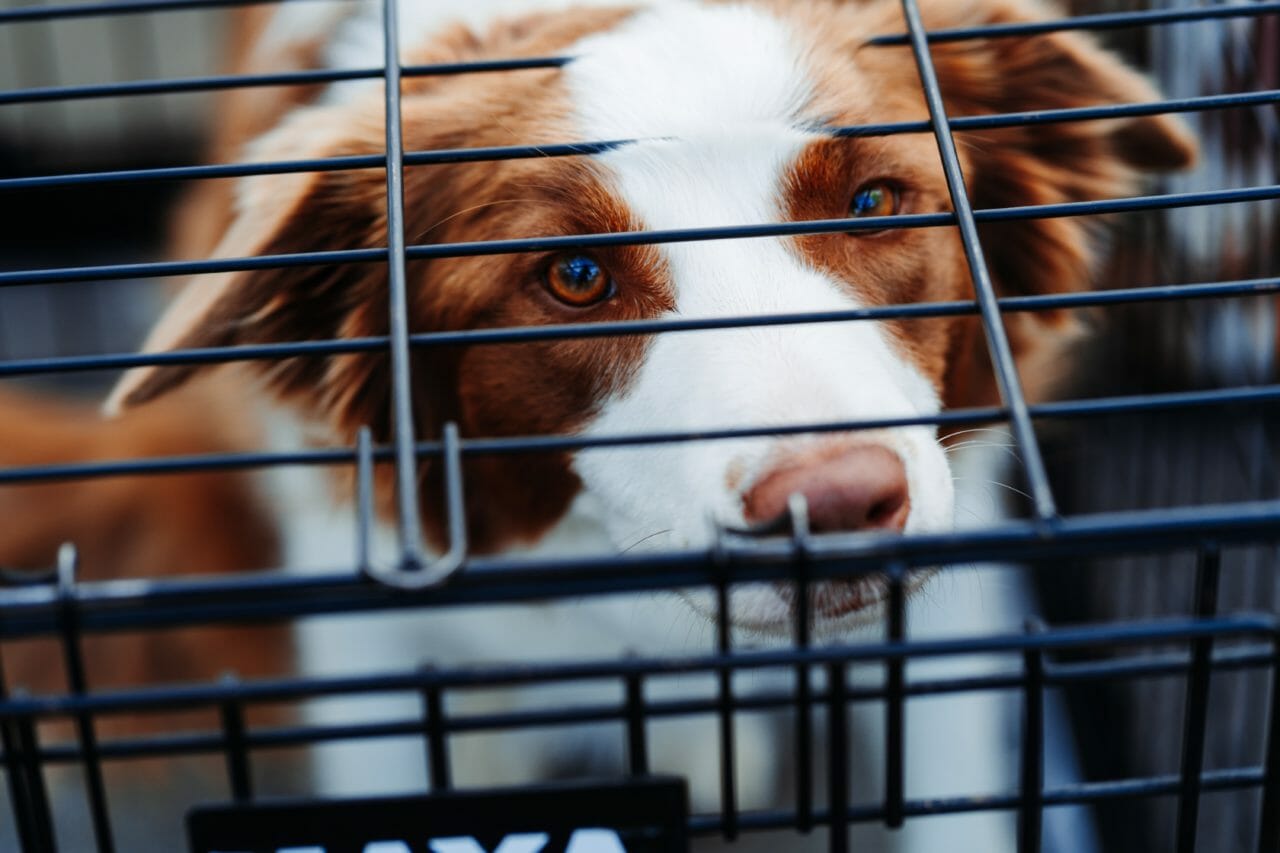There are so many gadgets, leads and collars out there to help walk your dog. So why have I bought several and my puppy/dog still tries to turn our calm walk into a sprint?
Before you find the perfect leash, harness or collar for your dog, you have to have control over your dog because none of them can solve the problem if your dog thinks he/she is in charge. Most of these devices will divert your dog’s energy elsewhere or cause pain in an attempt to stop him/her from pulling.
If you find yourself having to correct your dog every 30 seconds then there is something fundamentally wrong. Most likely, your dog knows how to walk nicely, but in most cases your dog is trying to be the leader of the pack and you must train him/her that you are the leader.
Your dog must understand that on the walk, YOU will be the leader. It is a psychological battle, not a physical one, at least it should be. This first stage of the walk is actually ensuring you are the pack leader inside the house, as no dog will simply let you take control over the walk if you are not in control inside.
Try these key tips before you venture out:
- Wait until your dog calms down once they know they are going for a walk, even if this takes a while, and only attach the leash when your dog is calm. Never rush this stage.
- Learn how to stop your dog from pulling inside your house or property before going outside. Walk around the house going around the tables and furniture in your house with your dog following you, if your dog pulls out in front of you then simply change direction, leaving your dog behind you. If your dog drags backward then gently hold the lead firm for 10 seconds then call your dog to follow. They have no other options and so will follow you if you are patient.
- Control the doorways, always walk through the doorways first when your dog is on the leash.
- Practice walking in and out of the front doorway with you going first. Do this until your dog relaxes and gives up waiting for you to make the next move.
Now, let’s have some fun picking out the best leash, harness, or collar for your particular dog!
Best Leashes, Collars, and Harnesses
Head Halter
The head halter loops around your dog’s muzzle. My favorite brand is the Gentle Leader – it is exactly that – gentle as it doesn’t physically hurt a dog and doesn’t choke them like a regular collar can when they are pulling. I really like these but sadly many people are poorly informed and think they are muzzles. In fact, a dog could still open his/her mouth to eat, drink, pant, bark and bite with these on as they are NOT muzzles. This halter worked wonders on my dog that would pull me anywhere and, if placed on correctly, can make a huge difference. The entire concept allows someone who is less physically strong and less capable the ability to have better control over their dogs without hurting them.
Many dogs will not like these at first and rub their face/muzzle on the grass or furniture, but use treats when putting them on and just make it an overall positive experience. Dogs are just not used to anything on their face, but a few positive training sessions and they should be set.
The concept with the Gentle Leader and Halti is like that of a horse harness. You can lead a thousand pound horse, but your 60 pound dog pulls you all over? It changes the dog’s ‘pull’ from their chest and strength zone to their head that can’t pull you. These definitely take time to get used to, but are worth it in most cases.
My favorite is the Gentle Leader, but the Halti can also be successful.
Benefits
- They are gentle and do not choke the dog when they are trying to pull.
- Allows people that aren’t as strong as their dog to still have control without hurting the owner or the dog.
The head halter is not the same as a restrictive muzzle device.
Back-clip Harness
The back-clip harness fits on the dog’s chest and clips on the dog’s back. This harness is usually comfortable for your dog and generally does not constrict the trachea. The back-clip harness is either in an “H” or a “figure 8” design with a ring on the back for the leash to clip on to.
With any harness you need to make sure it is not constricting their forelimbs or changing their gait. Each dog is different and it is like humans with tennis shoes – many of us prefer different fits so there are many different options on the market.
From a rehabilitation point of view, I really like the mesh harnesses as they don’t put all the pressure on the chest just over where the straps are…they seem to even out the pressure with the mesh. As with any harness, make the experience of putting it on a positive one so your dog enjoys having the harness on. Just like the head halter, many dogs are not used to something over their chest.
**I also want to stress the importance of a harness for any dog that has had neck problems, inter-vertebral disk disease or is a breed with a high risk of disk disease (highest risk breeds are: Dachshunds, Bulldogs, French Bulldogs, Corgis, Pugs, Basset Hounds, Pekingese, Shih Tzus, and Beagles.)
Benefits
- Good for short-nosed dogs and small breed dogs
- Good for dogs where the trachea is damaged
- Easy to put on and attach a leash to
- Safer than a regular collar and harder to get out of if sized correctly
Front-clip Harness
The front-clip harness clips over the dog’s chest area.
Benefits
- Helps prevent minor pulling
- Easy to control the direction your dog is walking
Front-clip harnesses are recommended for pets who need work on their loose-leash walking while not demonstrating aggression issues while on the leash.
Standard Flat Collar
The standard flat collar is the traditional dog collar type.
Some dogs can get out of these types of collars, especially breeds whose necks are larger than their heads. IF this is the case, really work to find a harness that fits them well. Regular collars should be ‘breakaway’ meaning if there is enough pressure they will open up so a dog doesn’t get strangled. I have had several owners tell me stories of hunting dogs with collars on and the dog got tied up in a tree and may have been strangled otherwise. One might think this defeats the purpose of a collar, but in most cases they need a lot more pressure than that of a regular pull to release.
Here are a couple examples of a standard dog collar:
Conclusion
Hopefully, this helps show benefits of a collar or harness for your specific dog and makes your walks more enjoyable for you and your pet!
Collar Safety Notes
Collar size is extremely important as your puppy grows. Frequently check the fit of the collar as your dog grows to their full size and then check periodically after that as they continue to gain weight.
A correctly sized collar should allow you to slip two fingers comfortably underneath of the collar.
Wearing a collar identification is recommended for your dog in case they get lost along with having them micro-chipped. However, because the collar can become stuck and potentially choke your pet, remove the collar when you are not supervising your pet or select a breakaway collar. When your dog is in a kennel or pen, they should not have a collar or harness on as it can get caught up and hurt your Pet.



